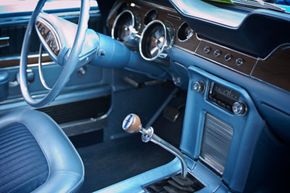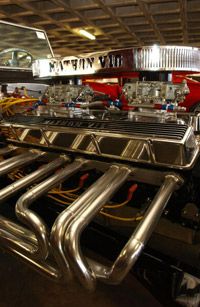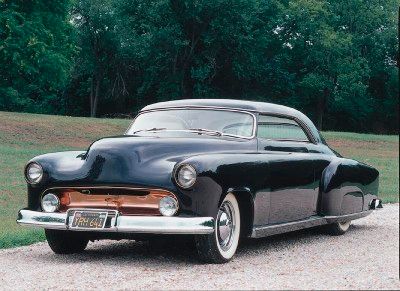Picture your dream car. Maybe it's that Mercedes-Benz convertible you've always wanted. Perhaps you covet an SUV with heated leather seats and a cutting-edge navigation system. Or you might dream of something fast and exotic, like a Ferrari, Lamborghini or Porsche.
But for some people, dream cars don't come from the present or the future, but the past. Your dream car might be that 1955 Chevy Bel-Air your brother had in high school, your dad's old Sunbeam Tiger or that Pontiac GTO you always wanted but could never afford. Maybe it's that classic Mustang you sold when you had kids and have been pining over ever since.
Advertisement
For those of us whose dream cars come from yesterday, we can't just walk into a car dealership and buy one. At the same time, buying a used car that's three, four or even seven decades old can present a whole host of mechanical problems. Is the engine in good shape? How about the transmission and electrical systems? In addition, the upholstery inside and the paint outside may be in questionable condition.
But if you have some time, money, and lots of ambition, you may want to consider car restoration. Cars aren't built to last forever, but restoration can breathe new life into an older vehicle and make it look and run like new. This makes the car more valuable at a sale or auction, guaranteeing its collectible status.
The restoration won't be easy. The job -- and its cost -- will depend on what car you've selected and how much work needs to be done. But if it's done correctly, auto restoration gives everyday drivers a chance to tool around in a classic automobile as if it had just come off the dealer's lot the year it was made.
Fortunately, the Internet has made the art of restoring cars more accessible than ever. Many companies offer parts online for older and obsolete vehicles. Weekend mechanics also have access to all kinds of guides and expert advice on restoration. So, if you've ever thought about restoring that old clunker in your backyard, now's a great time to give it a shot.
In this article, we'll go over the basics of car restoration. We'll talk about a few of the steps involved, and what it takes to transform a rusty wreck into your dream machine -- inside and out.
Advertisement



